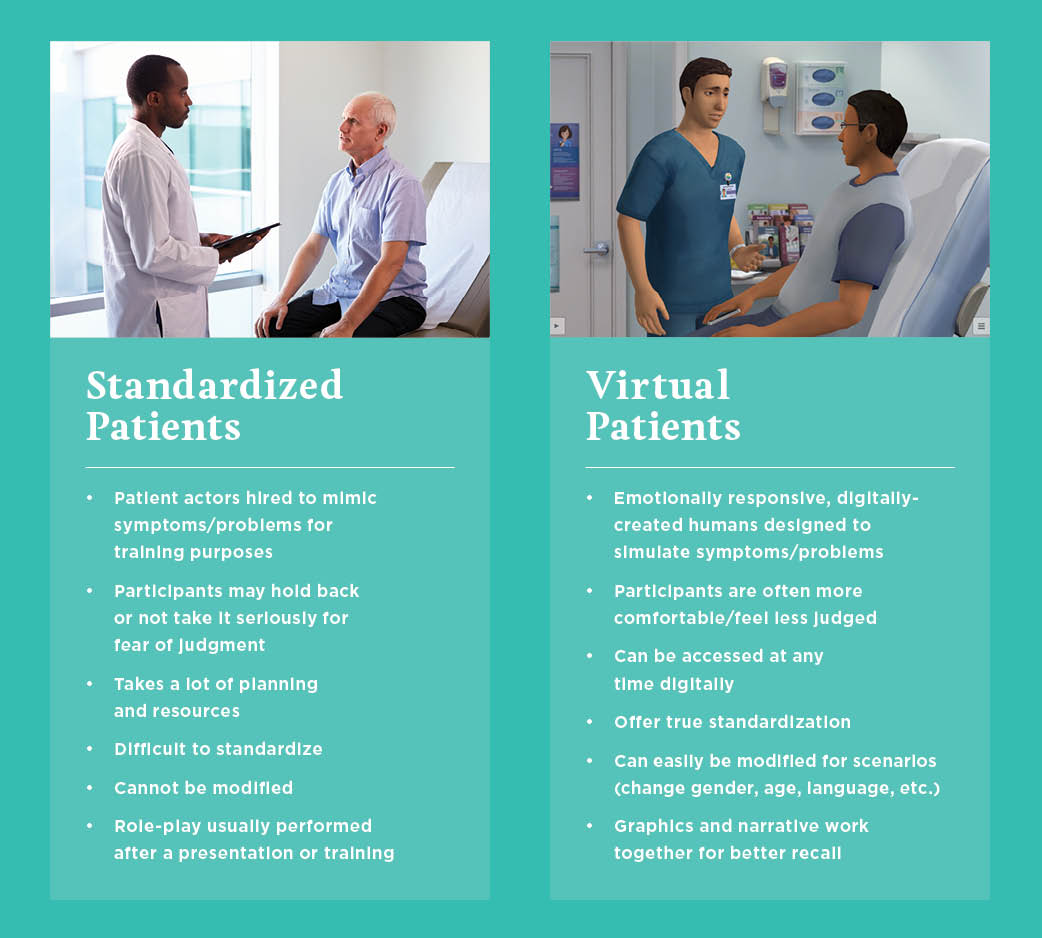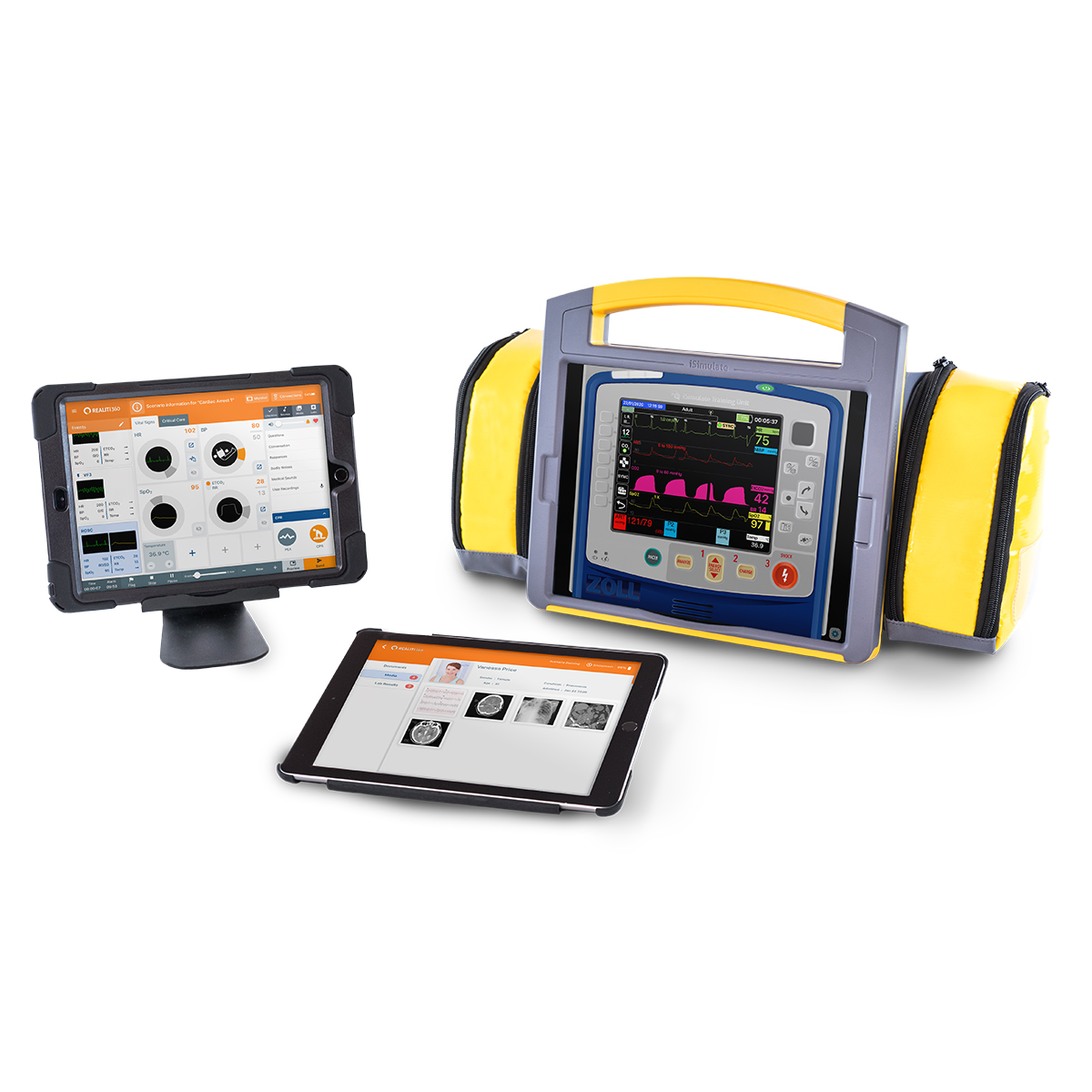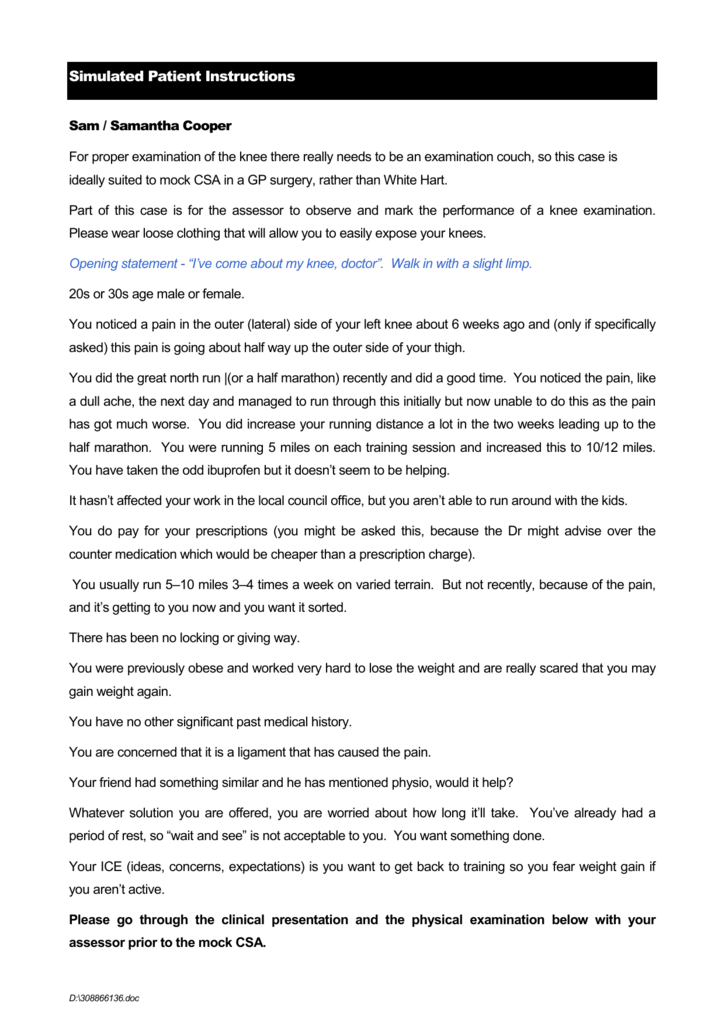
If you are unhappy about this please inform the staff prior to the session. Rather than answering “Central Chest pain for the last 3 months”.Īt times for educational purposes we may video-record a session or place photographs on our website. When role-playing a history – only answer when specifically asked a question, for example, when asked, “What problems brought you here today?” state “Chest pain”. This creates equal circumstances for selection, teaching and assessment of students.

Simulated patients can be trained to work in a range of clinical scenarios, portray physical problems or symptoms, and work in conjunction with clinical equipment. Uses skills, performance concepts, and techniques to act as a patient or other simulated person (family member, healthcare provider, etc.). Simulated Patients are used for undergraduate and postgraduate teaching research and for projects that evaluate educational interventions. We require simulated patients to carry out their roles in a highly consistent fashion. STANDARDIZED PATIENT/PATIENT ACTOR - PART TIME. Inform of any medical problems or symptoms A Simulated Participant is a staff member who portrays a patient (simulated patient), family member or client to meet the objectives of the simulation.What preparation is required for a role-play/activity session?.SPs are usually told when being booked for teaching activities, what examination they will be taking part in. Female SPs should be willing to expose limbs, neck and abdomen.

Male SPs should be willing to expose chest, spine, limbs and abdomen. It is vital, that no information relating to the role-plays is passed to anyone outside the role-play being undertaken.
SIMULATED PATIENT JOBS PROFESSIONAL
SPs are expected to adhere to our Professional Conduct and Performance Standards, to abide by our Confidentiality Agreement and to consent to possible video recording. We use simulated patients for selecting potential students, for teaching and in professional university examinations called Objective Structured Clinical Examinations (OSCEs). During these specific training sessions, there will be opportunities to ask questions and practise role-playing. Specific training is given for each role-play or activity that SPs are asked to perform. You will be required to simulate the patient’s history, physical findings, and emotions in a repeatable and standardized manner.

There is initial training for all newly recruited SPs. As a simulated patient at Pacific Northwest University College of Osteopathic Medicine (PNWU) you will be trained to portray, in a consistent, standardized manner, a patient in a medical situation. SPs should have good communication skills and be patient with those who are learning new skills. A SP will also role-play during interviews for selection to the medical course.Īnyone who is willing to make a contribution to the education of undergraduate medical students can be a simulated patient. The SP will play the role of a patient interacting with one of our medical students during a teaching or examination activity. A Simulated Patient (SP) is sometimes referred to as a standardised patient, standardised participant or patient actor.


 0 kommentar(er)
0 kommentar(er)
